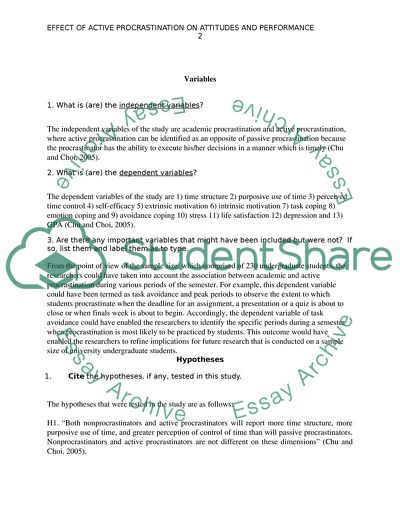Cite this document
(“Article Critique Example | Topics and Well Written Essays - 1250 words - 2”, n.d.)
Retrieved from https://studentshare.org/psychology/1626620-article-critique
Retrieved from https://studentshare.org/psychology/1626620-article-critique
(Article Critique Example | Topics and Well Written Essays - 1250 Words - 2)
https://studentshare.org/psychology/1626620-article-critique.
https://studentshare.org/psychology/1626620-article-critique.
“Article Critique Example | Topics and Well Written Essays - 1250 Words - 2”, n.d. https://studentshare.org/psychology/1626620-article-critique.


